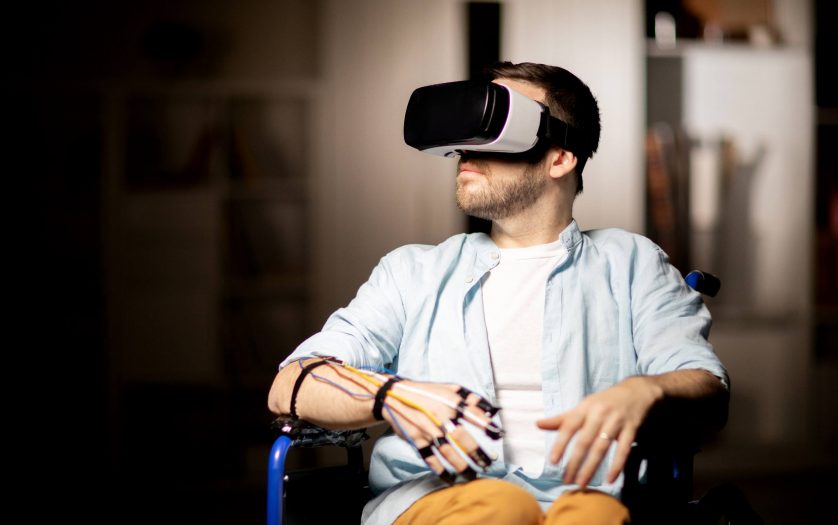
Virtual reality (VR) is a promising tool for training life skills in people with intellectual and developmental disabilities.
“Intellectual and developmental disabilities (IDDs) are disorders that are usually present at birth and that negatively affect the trajectory of the individual’s physical, intellectual, and/or emotional development. Many of these conditions affect multiple body parts or systems. As of 2016, 7.37 million people in the United States had intellectual or developmental disabilities. Intellectual disability starts any time before a child turns 18 and is characterized by problems with both intellectual functioning or intelligence – which includes the ability to learn, reason, problem-solve, and other skills – and adaptive behavior, which includes everyday social and life skills.” [1]
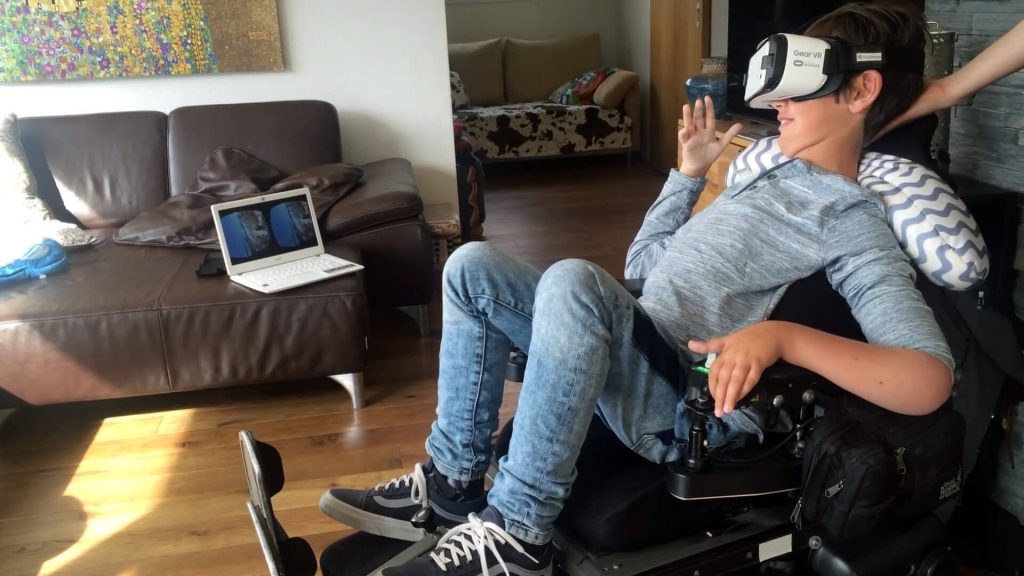
What is virtual reality?
“Virtual reality is a simulated 3D environment that enables users to explore and interact with a virtual surrounding in a way that approximates reality, as it is perceived through the users’ senses. The environment is created with computer hardware and software, although users might also need to wear devices such as helmets or goggles to interact with the environment. The more deeply users can immerse themselves in a VR environment — and block out their physical surroundings — the more they are able to suspend their belief and accept it as real, even if it is fantastical in nature.” [2]
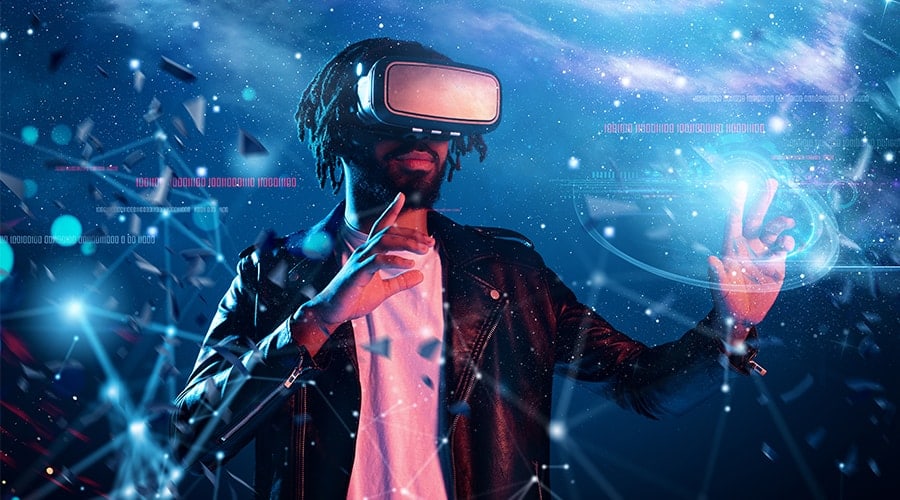
What are the main types of virtual reality?
“The VR industry still has far to go before realizing its vision of a totally immersive environment that enables users to engage multiple sensations in a way that approximates reality. However, the technology has come a long way in providing realistic sensory engagement and shows promise for business use in a number of industries.” [2]
- “Non-immersive. This type of VR typically refers to a 3D simulated environment that’s accessed through a computer screen.
- Semi-immersive. This type of VR offers a partial virtual experience that’s accessed through a computer screen or some type of glasses or headset.
- Fully immersive. This type of VR delivers the greatest level of virtual reality, completely immersing the user in the simulated 3D world. It incorporates sight, sound and, in some cases, touch.” [2]
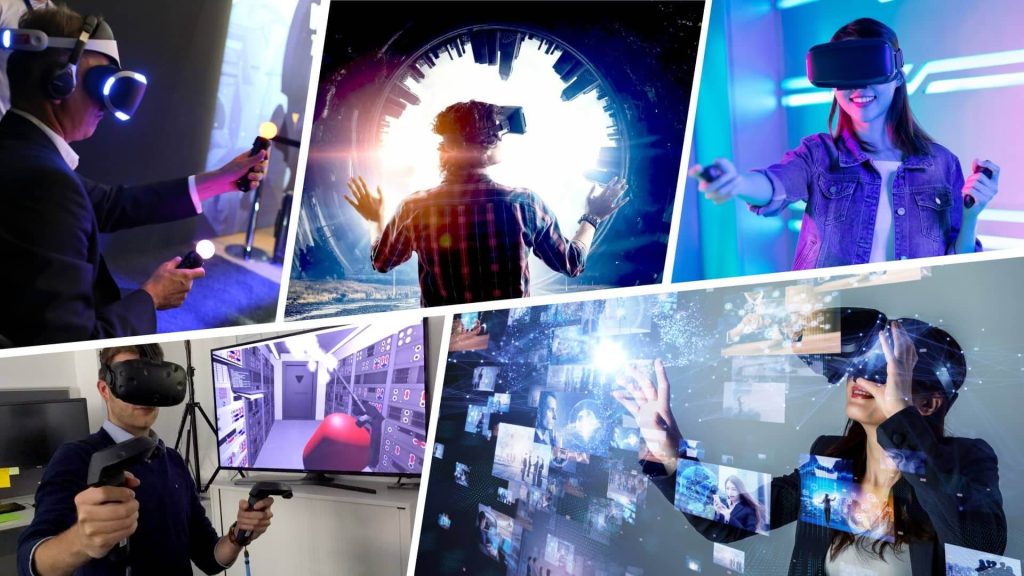
How virtual reality Benefits people with IDD people?
“Virtual reality (VR) is gaining interest as a safe, controlled, and repeatable training tool for people with ID disabilities” [3]
“Virtual reality (VR) possesses many qualities that give it rehabilitative potential for people with ID disabilities, both as an intervention and an assessment. It can provide a safe setting in which to practice skills that might carry too many risks in the real world. Unlike human tutors, computers are infinitely patient and consistent. Virtual worlds can be manipulated in ways the real world cannot be and can convey concepts without the use of language or other symbol systems.” [4]
“The latest innovations in the field of virtual reality have shown that VR can visibly enhance the experience of people with disabilities, mainly because VR offers them alternative forms of interaction. They are able to enjoy the world of virtual reality just as much as they enjoy the real world. Those with autism or social anxieties, for example, are offered comfort and safety in virtual experiences. The visually impaired can discover things which they are unable to access in the real world. Virtual reality enables people with disabilities to perform activities it would otherwise be unsafe for them to do. It can also help people with certain impairments to learn new skills.” [5]
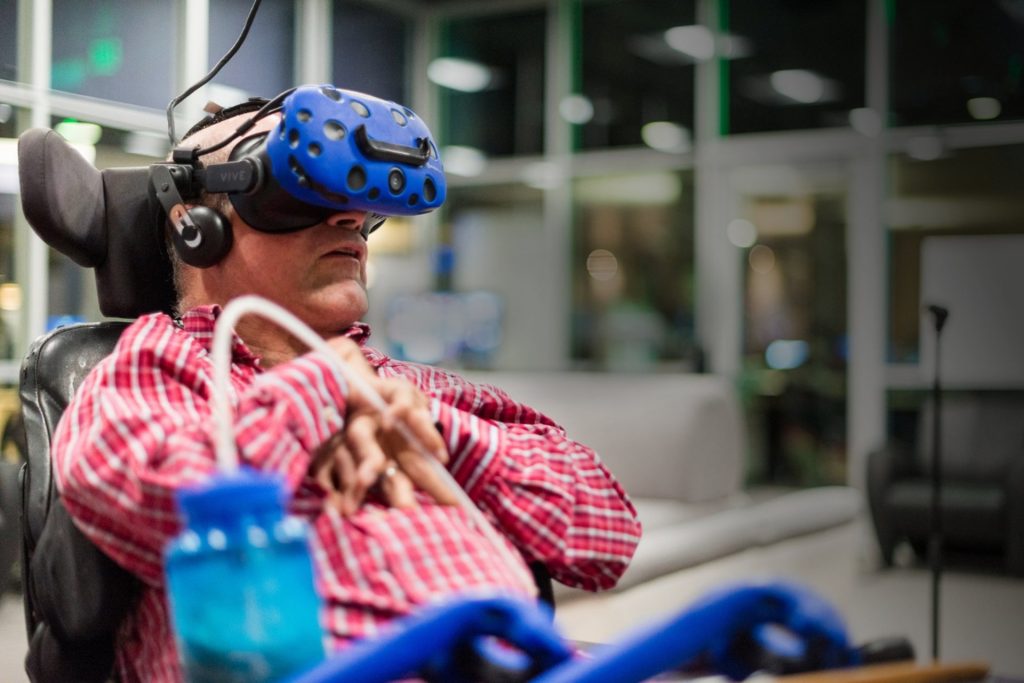
“VR can also help people with physical disabilities overcome barriers to education, such as transportation, accessibility, or safety issues, by allowing them to attend virtual classes, interact with instructors and peers, and access various resources.” [6]
“As well VR can help people with disabilities to build their confidence and self-esteem, as it can enable them to overcome their fears, challenge their limitations, and achieve their goals.“
“VR can help with a communication improvement for people with speech and hearing disabilities. A lot of assistive technology and wearable tech have been developed to help them communicate better. Now, VR and AR are aiming to take it to a whole new level.” [7]
“At the moment, there is an unlimited number of ways virtual reality can change the everyday life of disabled people and help them develop new skills and functions.” [5]
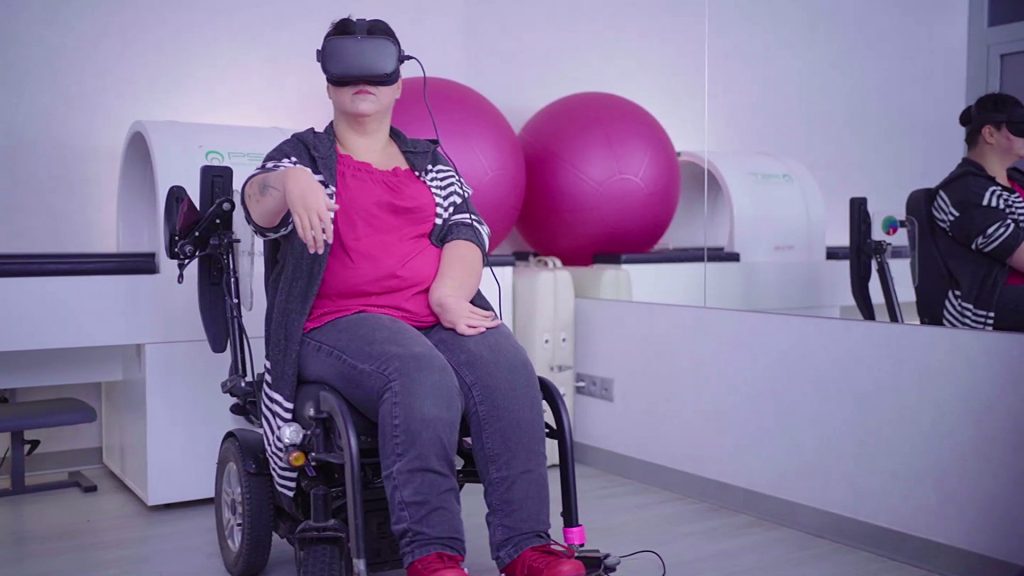
In summary, there are so much more to explore and improve about of using VR in our lives but clearly for people with disabilities, virtual reality can make huge changes, particularly those with cognitive and motor disabilities, and it can really make people’s lives easier.
Resources
[1] https://ici.umn.edu/welcome/definition
[2] https://www.techtarget.com/whatis/definition/virtual-reality
[4] https://pubmed.ncbi.nlm.nih.gov/15971976/
[5] https://mazerspace.com/how-virtual-reality-transforms-the-lives-of-disabled-people/
[6] https://www.linkedin.com/advice/0/how-can-vr-help-people-disabilities-develop-new
[7] https://arpost.co/2022/02/09/7-benefits-ar-vr-for-people-with-disability/
